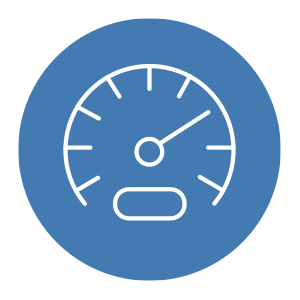SmartTOD
System for Mapping and Analyzing Regional Trends in Transit-Oriented Development
Successful transit-oriented communities do not happen overnight. They are the result of robust planning and analysis as well as collaboration among multiple public and private interests. To aid this process, SmartTOD offers a set of easy-to-use analytical tools to inform, engage, and empower a range of stakeholders. Planners, developers, activists, academics, and civic leaders can now access key intelligence without expensive data feeds or advanced GIS skills.
 TOD METRICS
TOD METRICS
 PROJECTS
PROJECTS
 SCENARIOS
SCENARIOS
TOD METRICS
TOD Metrics provide users with a quantitative TOD evaluation framework that can influence public and private investments around WMATA Metro stations. Users can expand their understanding of Existing Transit Orientation and Future TOD Potential through interactive features.
This module evaluates a number of demographics, land use, mobility and connectivity, and real estate metrics for the different WMATA Metro station areas. These metrics are commonly associated with patterns that interpret where transit-oriented development already exist and where there are future development opportunities that can support transit-oriented development.
Key Features:
- Color-codes each station in a Map
- Displays TOD Metrics by station areas
- Ranking and Comparison ranks and compares multiple station areas
- Station Profile provides additional metrics for station areas
PROJECTS
Projects helps users to stay informed on the upcoming development activity near WMATA Metro stations. The module aggregates pipeline projects that are proposed, under construction, and under renovation within a simple half-mile radius from each station entrance. Data is aggregated based on project location and is color-coded to represent the range of total rentable building area.
Key Features:
- Displays pipeline projects by geography around station areas
- Extracts data based on type, status, and rentable building area
- Station Profile provides additional metrics for station areas
SCENARIOS
Scenarios incorporates WMATA’s Station Walk Area Ridership Model (S.W.A.R.M.) tool, which helps estimate the potential impacts of land use changes around WMATA Metro stations. These land use changes can impact Metro ridership and revenue for different stations.
This module provides a user-friendly interface for users to create and test different scenarios and to receive feedback in real-time. The Results dashboard displays estimated impact in ridership and revenue by station and by jurisdiction.
Key Features:
- Input land use changes by station area
- Calculates changes in households and employment based on anticipated land use changes
- Forecast growth in Metro ridership
- Forecast growth in revenue
- Save scenario inputs to a local drive and load previously saved scenarios to the site